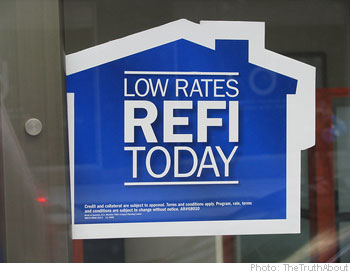 Over at the FT blog, Cardiff Garcia has a nice summary of three papers that attempt to explain the run-up in house prices before 2007. It particularly approves of the work of my friend and co-author Susan Wachter and Andrew Levitan, who argue that a supply-side credit bubble produced the housing bubble.
Over at the FT blog, Cardiff Garcia has a nice summary of three papers that attempt to explain the run-up in house prices before 2007. It particularly approves of the work of my friend and co-author Susan Wachter and Andrew Levitan, who argue that a supply-side credit bubble produced the housing bubble.
As I read the piece, though, I couldn’t help but think that while it is unlikely that low interest rates would explain prices, they might explain volatility. When nominal interest rates are low, a small change in price expectations can lead to a large change in prices.
Consider the Gordon Growth model, where Value = dividend/(i-g), where in this case the dividend is the value of living in a house, i is the interest rate and g is the expected growth rate of the dividend. Let everything be real (i.e., not nominal) Consider two worlds: 2 percent real interest rate world and a 4 percent world. Now let expectations about growth vary from negative one percent to positive one percent. In the two percent world, the upside scenario produces three times the value of the downside scenario. In the four percent world, the upside produces 67 percent greater value than the downside. Hence small changes in expectations have a much larger impact in a low interest rate environment than a high interest rate environment. It may be hard to pick this up because expectations are so difficult to measure.
Just a thought.
- Bulenox: Get 45% to 91% OFF ... Use Discount Code: UNO
- Risk Our Money Not Yours | Get 50% to 90% OFF ... Use Discount Code: MMBVBKSM
Disclaimer: This page contains affiliate links. If you choose to make a purchase after clicking a link, we may receive a commission at no additional cost to you. Thank you for your support!


Leave a Reply